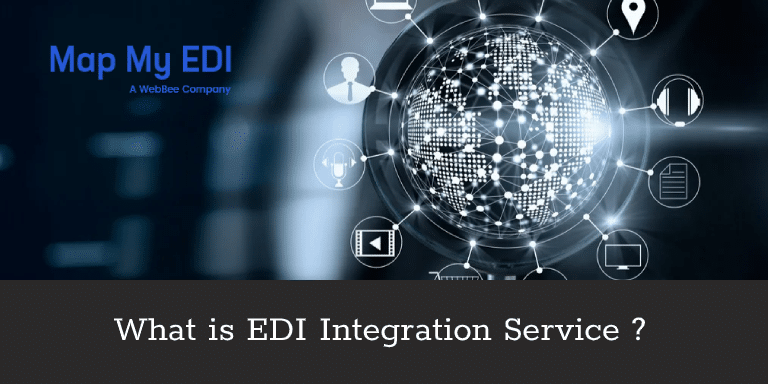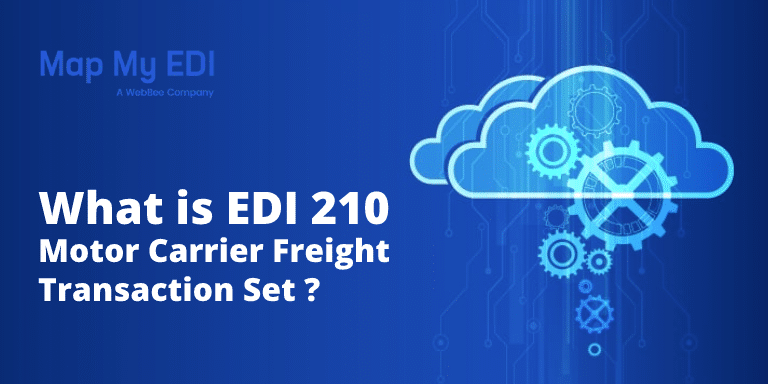What is EDI in Healthcare?
EDI in healthcare industry is understood by the different sets of activities consisted of transferring medical data among different organizations facilitating medical services and activities under a prescribed formant through different standards. The transferring activities there are being done between computer systems and applications without any human intervention. A healthcare EDI provides electronic data transfer between healthcare institutions, care providers and patients allowing them more efficient and secure data processing including healthcare and claims processing.
What does EDI Stands for in Healthcare?
In a broader perspective in the Healthcare perspective it is entirely different from communicating by the medium of e-mail or faxes in order to transfer medical industry related data.
As the delicate industry like healthcare that uses a huge set of data pertaining to a patient. The ascribe data could be largely from the different areas of medical facilities including a patient’s medical records, treatment history, emergency service records and medical records. Therefore the EDI(electronic data interchange) in healthcare industry makes it easy moving of data from different areas to travel easily in electronic and digital format. According to different norms used by the health care systems of every country, each has to compliance within their sets.
Edi in Healthcare Industry of United States of America
The electronic data interchange in the healthcare field of United States is governed with an objective of establishing a paperless hospital office. EDI healthcare offers data transmission facility for medical industry by the medium of efficient and affordable data distribution, retrieval, search, and analysis process.
EDI codes healthcare in America are governed by the means of Workgroup for Electronic Data Interchange (WEDI) and Health Insurance Portability and Accountability Act (HIPAA). HIPPA is health care EDI transactions and WEDI is one of the means to implement them.
X12 Format Healthcare in regularization of HIPPA
As it is clear that each and every health care facilitator is required to be bound with HIPPA regulations and ANSI standards, hence ANSI (American National Standards Institute) developed EDI standards for the health care industry. These standards used for EDI in healthcare industry are known to be x12 standards healthcare. They were devised by National Standards Institute Accredited Standards Committee X12 (also known as ASC X12) in 1979. X 12 is an integral part of HIPAA EDI Transactions and Code Sets Rule.
What is an EDI 837 in healthcare?
In the electronic data exchange in healthcare environments 837 is EDI health care claim transactions set that is extensive used in health care claim billing information submissions. It is widely used in healthcare EDI transactions by the senders and recipients for the settlement of medical claims. Claims, therefore, are sent directly either directly or through intermediary claims clearing houses. There different types of standards are thus used by payers and regulatory agencies.
Other than 837 in healthcare there are much larger set of codes for EDI in health care industry the primary health care set used follows as:-
- EDI Retail Pharmacy Claim Transaction: EDI Retail Pharmacy Claim Transaction is widely used to submit retail pharmacy claims to payers by health care professionals
- 820 Transaction Healthcare: Known to be in EDI terms as X12 820 it offers the EDI format necessary information pertaining to the payment. It is majorly used in electronic transfer of funds for payments of goods, insurance premiums and other transactions.
- 835 EDI Transactions in Healthcare: Also termed as EDI health care claim payment/advice transaction set, it is used for making paymentand sending explanation of Benefits (835). It is used between health insurers and health care providers.
- EDI Benefit Enrollment and Maintenance Set (834): It is used for beneficiaries’ enrollment with a payer. This transaction codes is being used between employers, unions, government agencies, associations or insurance agencies to payers or regulator of insurance.
- EDI Healthcare Service Review Information (278): It is used for sharing the health care information including subscriber, patient, demographic, diagnosis while requesting documents like review, certification and notification. The data is thus shared between by the health care service providers to the services receivers.
- EDI Payroll Deducted and Other Group Premium Payment for Insurance Products (820): It is used for the paying premium for different insurance products. Under this standardinformation is shared between healthcare and financial institutions.
- EDI Health Care Eligibility/Benefit Inquiry (270): This EDI code in healthcare industry is being used between health care bodies for data requisition to financial institutions and government agencies.
- EDI Health Care Eligibility/Benefit Response (271): This code is primarily used and employed for the purpose of seeking information about various healthcare benefits and eligibility. The EDI healthcare code is used between financial institutions and government agencies.
- EDI Health Care Claim Status Request (276): To check out the progress of a healthcare claim. The code is used between providers and recipients of healthcare services.
- EDI Health Care Claim Status Notification (277): The existence of EDI code 276 and 277 occurs simultaneously. 276 is used to inquire about the status of a particular claim and 277 is used for responding to that particular query.
- EDI Functional Acknowledgement Transaction Set (997): It is used in carrying out X12 transaction sets with ease and efficacy EDI 997 reports the status of a received interchange during the process of a received document. It is essential not a part of HIPPA but is required for the arrival of the document as processed by an EDI translator.
What are the Benefits of EDI in HealthCare?
The EDI has several benefits in the field of healthcare . The primary advantages of EDI codes in healthcare include.
- Affordable Costing: A paperless process EDI in the field of health care save expanses otherwise incurred over paper, pen, courier, etc. A minimal human interference also save money otherwise used in paying salaries to the persons responsible for handling process.
- Improved Security: The computer to computer encrypted data transaction ensure the security of EDI data including medical records, etc.
- Improved Productivity: The data mostly without any manual entryand served between machines and applications speeds up overall transaction process. With an automated process, chances for human mistakes therefore are none.
- Uniformity: With using EDI transaction codes all across the data transaction processes an extensive uniformity of data occurs.
Thus EDI in healthcare has brought transforming change in the data management approaches and solutions.
Read More:





